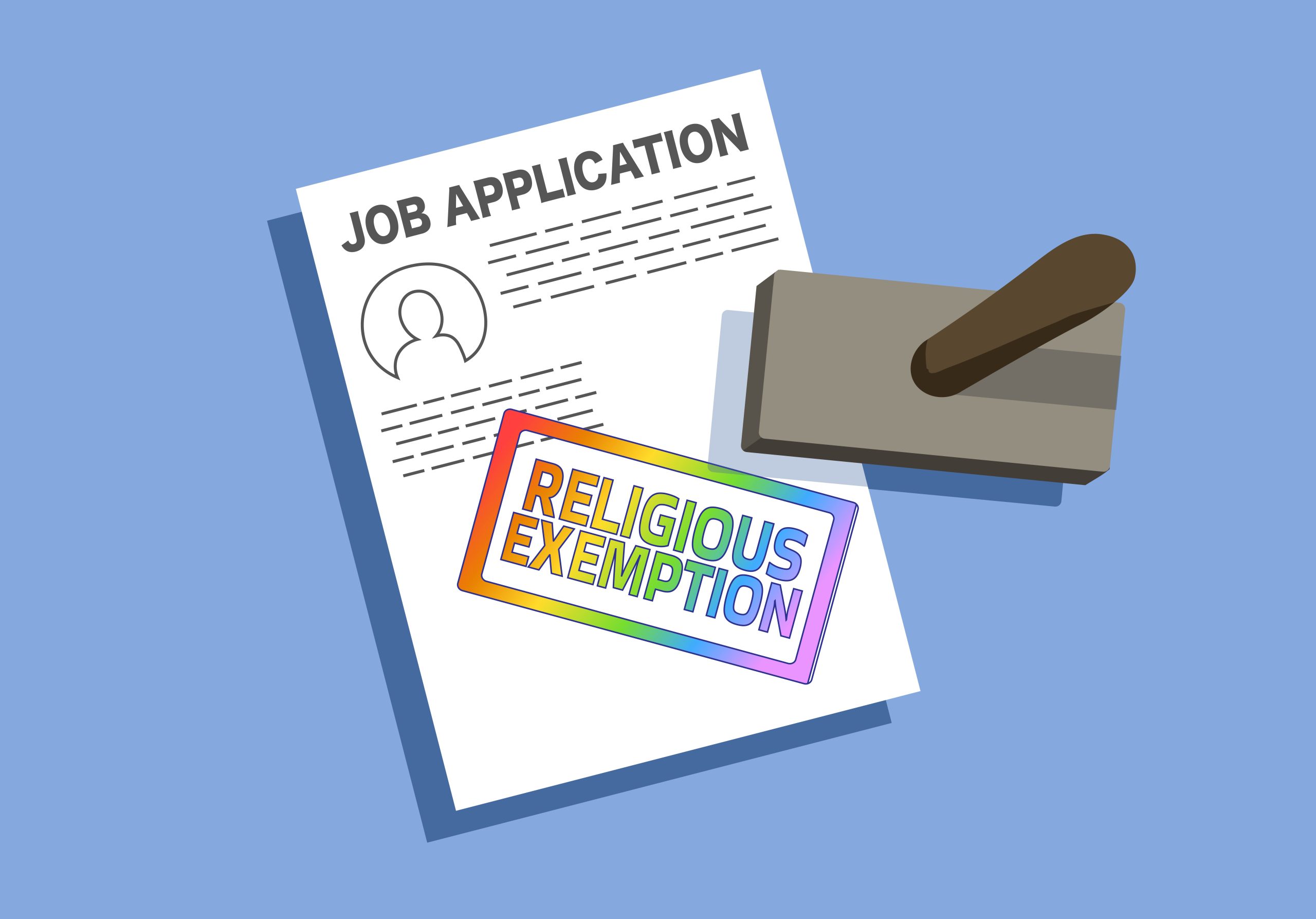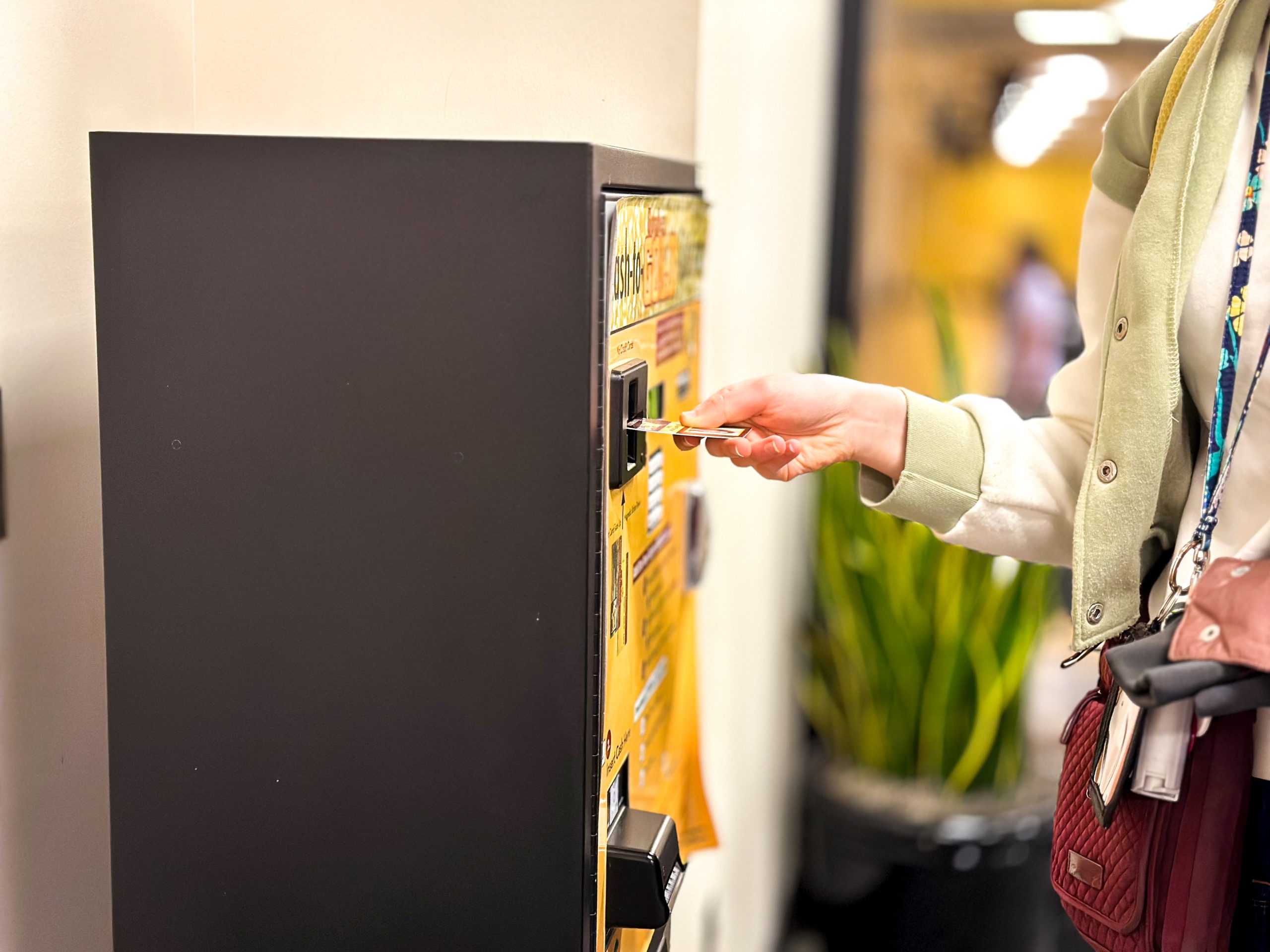In the early 1920s Babe Ruth, with his prodigious home runs and personality, was well on his way to rescuing professional baseball after the 1919 Black Sox scandal had caused the sport’s popularity to plummet.
Meanwhile, one athletic official who had been around barely long enough to arrange his office furniture was doing the same for the sport at the University of Minnesota.
Fred Luehring was hired as the school’s first athletics director in February 1922, replacing the 12-person board of athletic control that had become cumbersome and antiquated. Minnesota was the last school in the Big Ten to hire an athletics director.
University President Lotus Coffman brought Luehring in to restore order to the athletics department and to plan new sports facilities. The most glaring example of both problems was the football team, which hadn’t won a Big Ten title in seven years and played at tiny Northrop Field. But his first major action in his new position was to resurrect the national pastime, which had been dormant at the University since 1916.
Baseball, with its waning fan and player participation, had been symptomatic of the general malaise that had seeped into University athletics.
“For several years interest in the diamond sport has been decidedly lacking,” wrote Lorin Solon, the catcher of the 1915 team, in the 1917 Gophers yearbook.
In December 1915, the University Senate withdrew Minnesota’s baseball team from intercollegiate play. The lack of participation Solon spoke of (there were just 11 players on the 1915 team) may have been in part due to the strict eligibility standards of the day.
Most players were declared ineligible because of scholastic struggles, but many also fell victim to a rule that prohibited virtually all summer baseball activity. In 1912, just five of 52 players made it past the eligibility board, which caused the cancellation of the season. In 1913, 10 made the cut.
But by 1922, the standards had loosened a bit, and support for baseball’s restoration, bolstered immensely by Luehring’s arrival, was increasing.
“The entire school is behind the return of the sport and if the game returns it will receive the backing of the student body,” wrote Chester Salter in the March 30, 1922, edition of The Minnesota Daily. “The demand for a Gophers baseball team is gaining momentum daily.”
Luehring pointed out that many prospective students were not enrolling at Minnesota because of its lack of a baseball team. He also said that he believed baseball would be profitable. On March 30, the senate voted nearly unanimously to reinstate baseball for a three-year trial period.
The team’s first scheduled Big Ten game was April 22 (the Gophers inherited many dates from Indiana, which was touring Japan for the season), so a team had to be hastily assembled.
The most prominent player to come out for the team was Harry Brown, the quarterback of the football team. Two months earlier, Brown announced that he was leaving school early because of graduation, and thus was not a candidate for captain of the football team. He was a candidate, however, for the same position on the baseball team. He was named captain right before the Gophers’ first game against St. Olaf at Northrop Field.
The coaches were “Bee” Lawler, who played on the 1915 team, and ex-major league pitcher Russell Ford, who won 26 games for the New York Yankees in 1910 and was widely credited for inventing the “emery” ball, a type of doctored pitch.
Minnesota beat St. Olaf 11-2 in its opener on April 15, then lost to St. Thomas at home and at Wisconsin. The arrival of outfielder John “Newt” Doyle, a basketball player who had been temporarily ineligible in the lineup, helped the Gophers to a two-game sweep at Northwestern. Minnesota was tied for second in the Big Ten with Wisconsin, and the standings were presented in the Daily under the bold-faced words “Hot Stuff.”
Luehring had set the season ticket allotment at 1,500, and earlier in April he said sales were so brisk that he thought he set the number too low. The game most people were waiting for happened on May 9, when the hated Badgers came to town.
Luehring arranged for a parade with the University band before the game, invited the governor and the mayors of Minneapolis and St. Paul, and had Coffman, who played baseball at the University of Indiana, throw out the first pitch.
“(Coffman) intimates that he throws a wicked sphere and says that it takes a good man to stop the pellet once it leaves his fingers,” said the Daily.
Minnesota probably could have used Coffman that day, as Wisconsin clobbered the Gophers 12-2. That game started a four-game losing streak, and by the end of it, the Daily Big Ten standings showed Minnesota in sixth place under the heading “Sad But True.”
The Gophers finished the season 6-11 overall, 2-6 in the Big Ten and in last place. It was anything but a dull season, though. Besides the baseball-friendly atmosphere, the Gophers also made up for lost time in the freakish events department.
While the Gophers were driving back from their May 31 game at Carleton in Northfield, a tornado struck. The bus behind Minnesota’s was overturned, injuring two people, while the Gophers were unscathed. And first baseman Herbert Robinson’s cranium was struck on two occasions, the first time by a bat, the second by a line drive ball.
Luehring became more well-known for initiating the construction of Memorial Stadium and what is now Williams Arena, but he was also directly responsible for re-establishing an athletic program that would become one of the University’s best.
Baseball survived its three-year test run and has gone on to win 17 Big Ten titles and three national titles in 75 years.
The success probably didn’t surprise Brown, who hinted at the future when he said, “Baseball is here to stay.”










